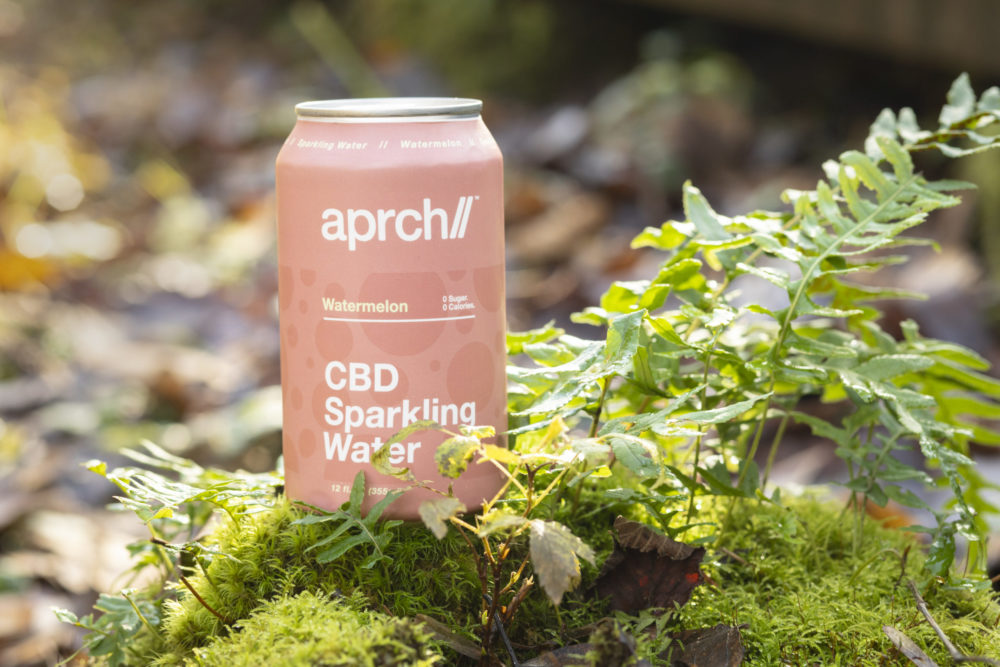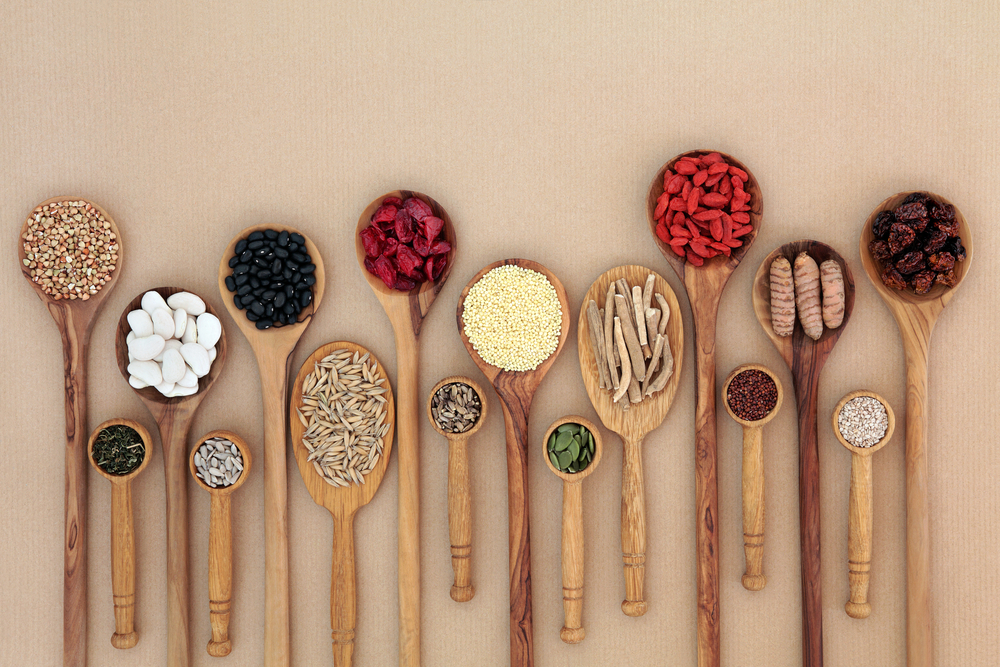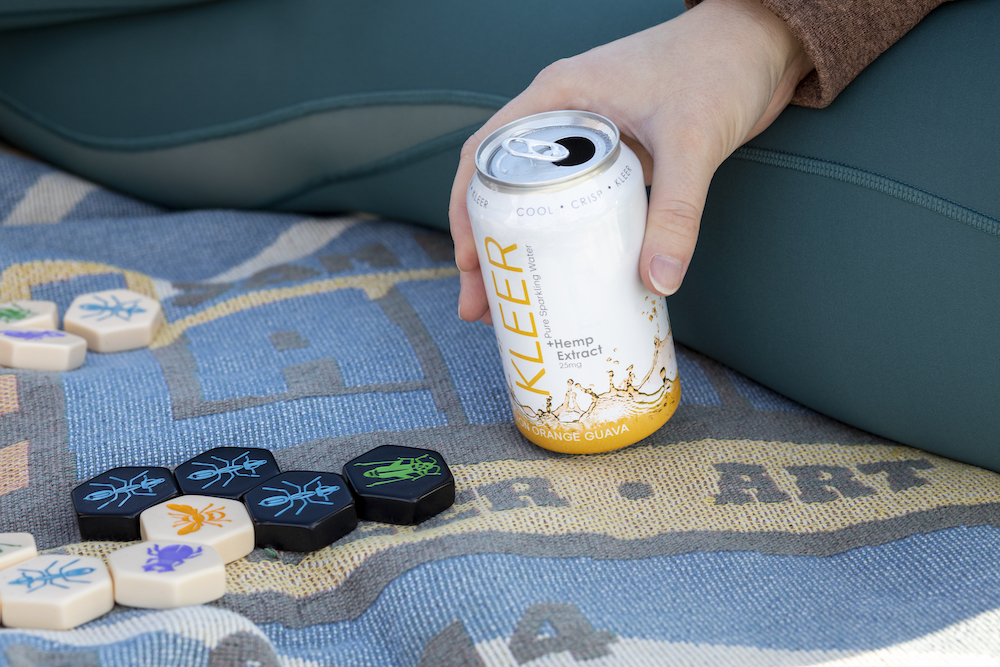SōRSE News & Blog
Home > News/Blog
More results...
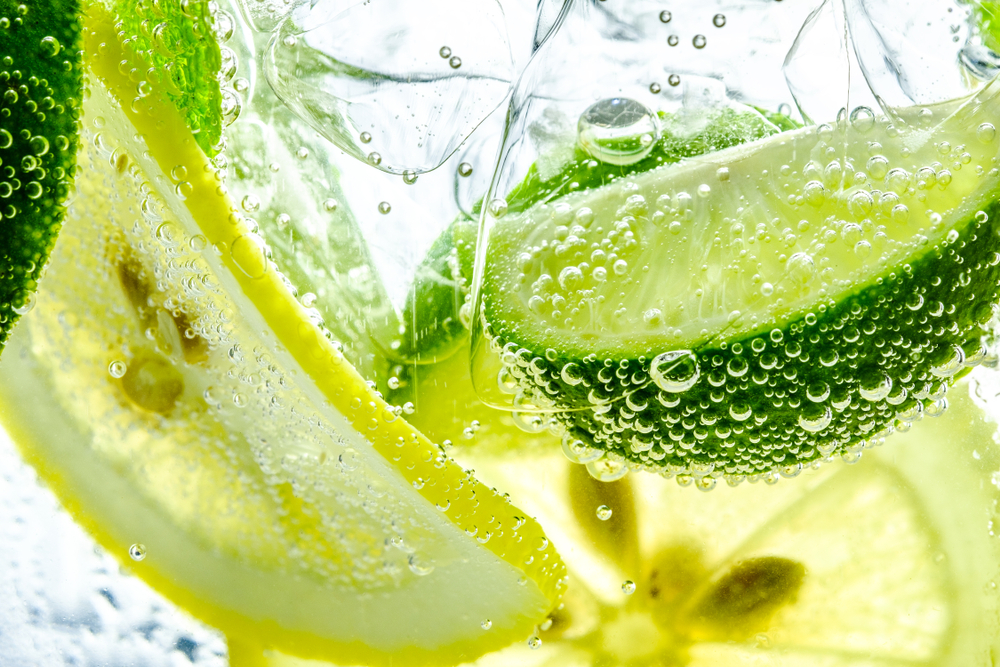
Trends in Flavors: Consumers Seek Comfort, Novelty, & Functionality
Learn more about 2021 flavor trends!

With Age Comes Change: The Maturation of the Cannabis Industry
Learn how the cannabis industry has matured over the years!
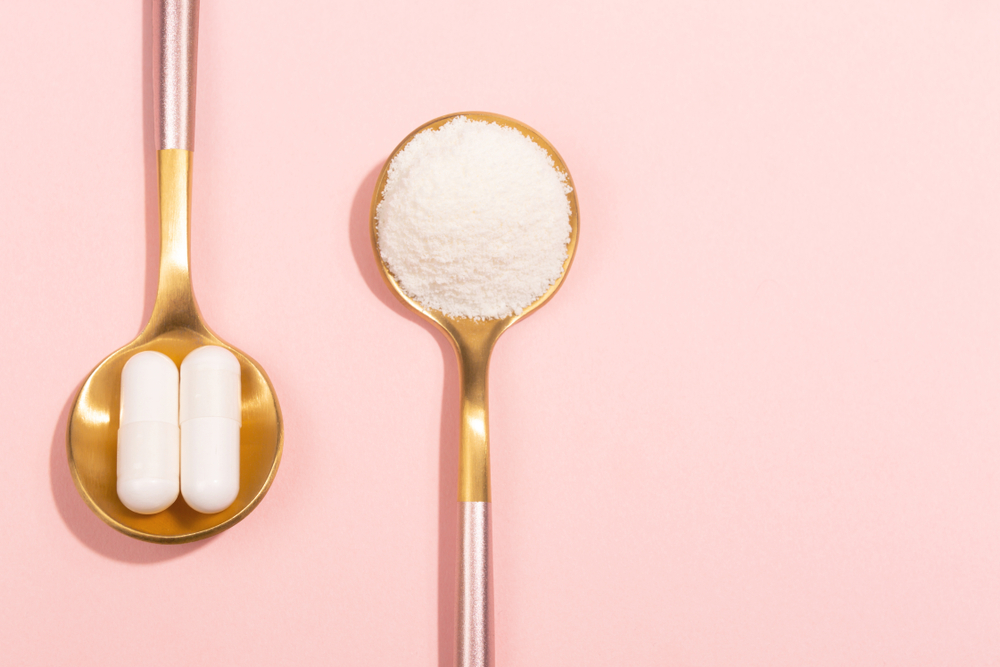
Functional Ingredient Trends: Restoring Protein, Balancing Gut Health, & Boosting Immmunity
Learn more about popular functional ingredients!
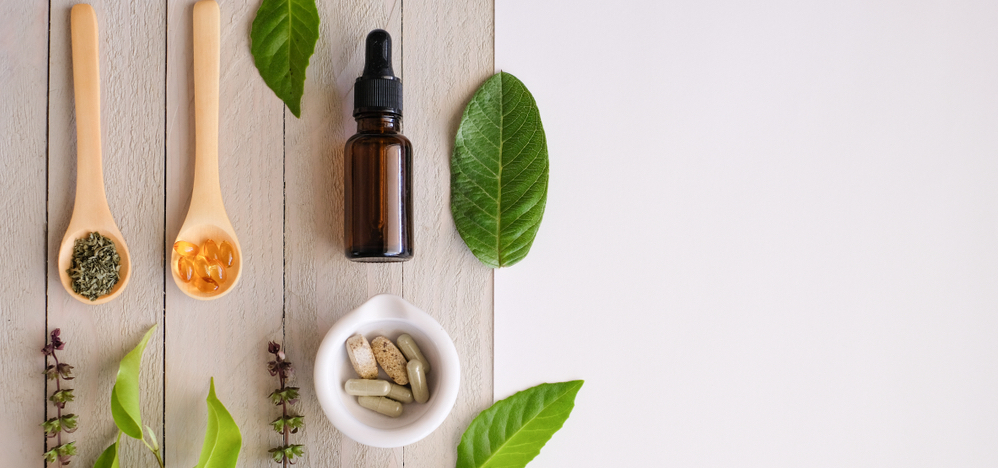
Emerging CBD Product Categories for 2021
Learn what product categories in the CBD space that we see growing rapidly.








